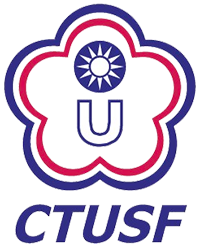Sports & Exercise Research Volume 12 Number 2
Author:Hou-Yu Chen ; Ho-Seng Wang
Period/Date/Page:Vol. 12 No. 2 (2010 / 06 / 01) , P103 - 111
DOI:10.5297/ser.1202.012
Effects of Fitness Level and Caffeine Ingestion on Delayed Onset Muscle Soreness
Abstract:The purpose of this study was to examine the effect of caffeine ingestion on delayed onset muscle soreness (DOMS) which was caused by eccentric exercise of different fitness levels. Ten high fitness level (HF; VO(subscript 2max)=54.5±3.75 ml/kg/min) and ten low fitness level (LF; VO(subscript 2max)=44.7±3.06 ml/kg/min) college male students performed a 30 minutes downhill running (-15%) to elicit quadriceps' DOMS. All subjects were ingested with caffeine (10 mg/kg) and placebo 24 or 48 hours after inducing DOMS under double-blind controlled and counter balance design. Maximal voluntary isometric contractions (MVIC), perceived muscle soreness scale and creatine kinase (CK) concentration were measured one hour before and after the downhill running. Data were analyzed by one-way analysis of variance and mixed design two-way ANOVA. After caffeine ingestion, HF and LF participants' MVIC force % were significantly increased (HF: 7.0±9.9%, LF: 5.1±10.8%) than placebo ingestion (HF: -0.1±4.7%, LF: 0.4±5.2%; p<.05). However, muscle soreness scale % (HF: -18.2±22.2%, LF: -11.9±11.3%) was significantly reduced after caffeine ingestion compared to placebo ingestion (HF: 7.2±18.5%, LF: 1.7±11.5%; p<.05). Nevertheless, no significant difference was noticed in CK activity. This data suggests that 10 mg/kg caffeine ingestion could increase the MVIC and reduce pain after downhill running-induced DOMS, and these effects depended on different fitness levels. Furthermore, caffeine ingestion significantly reduce muscle soreness, but no relevance of reducing the muscle inflammation and the degree of hurt. (Full text)




